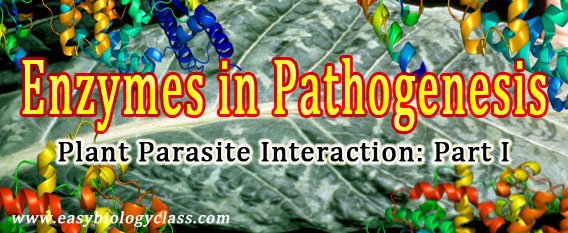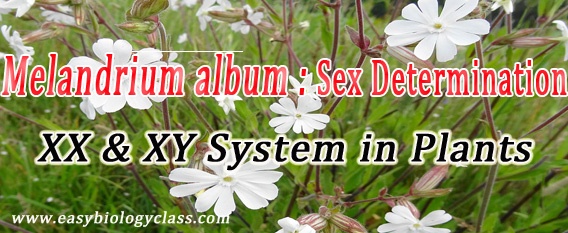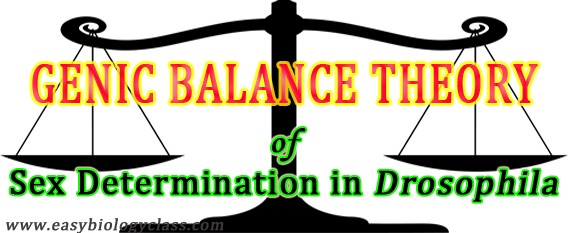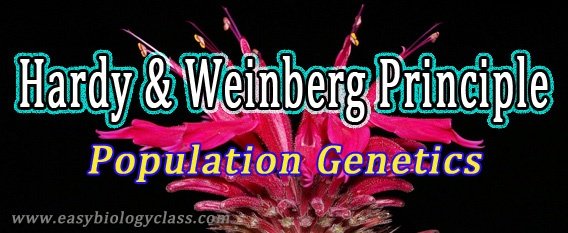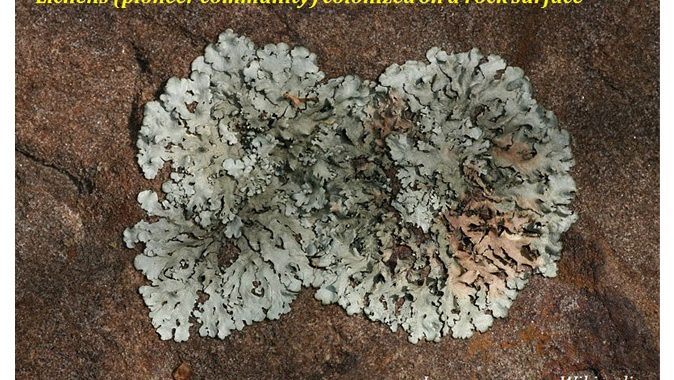Role of Enzymes in Pathogenesis Most of the fungal and bacterial parasites produce many enzymes that degrade the plant materials in vivo. Enzymes involved in pathogenesis or virulence (process of disease initiation) includes both constitutive and inducible enzymes. Learn more: Introduction to Enzymes (1). Constitutive enzymes are those enzymes which […]
Continue ReadingCategory Archives: Lecture Notes
Sex Determination in Melandrium album (Silene latifolia)
Majority of the flowering plants are monoecious with male and female reproductive parts are borne on the same flowers or different flowers of same plant. Only about 6% of Angiosperms are dioecious (male and female flowers on separate plants). The studies of sex determination mechanisms in plants were done only […]
Continue ReadingGenic Balance Theory of Sex Determination in Drosophila melanogaster
What is sex determination? Living organisms, with a very few exceptions, are differentiated into male and female individuals based on their morphological, physiological and behavioral characteristics. Even though the mechanism greatly varies, the sexes of the individuals are genetically determined. The biological system that determines the development of sexual characteristics […]
Continue ReadingHardy Weinberg Equilibrium: Population and Evolutionary Genetics
What is population? An ecosystem consists of many species. Species is a group of living organism comprising of similar individuals capable of exchanging genes through interbreeding. The individuals of a same species of a particular region are called population. Population definition: “A group of individuals of a particular species occupying […]
Continue ReadingLichen Characteristics
Lichen Characteristics: Lichens are structurally organized permanent symbiotic association between fungi and algae. The fungal component of lichen is called mycobiont and the algal component of lichen is called phycobiont. Theophrastus (371 – 284 BC), who is known as the ‘Father of Botany’, for the first time used the term […]
Continue Reading
